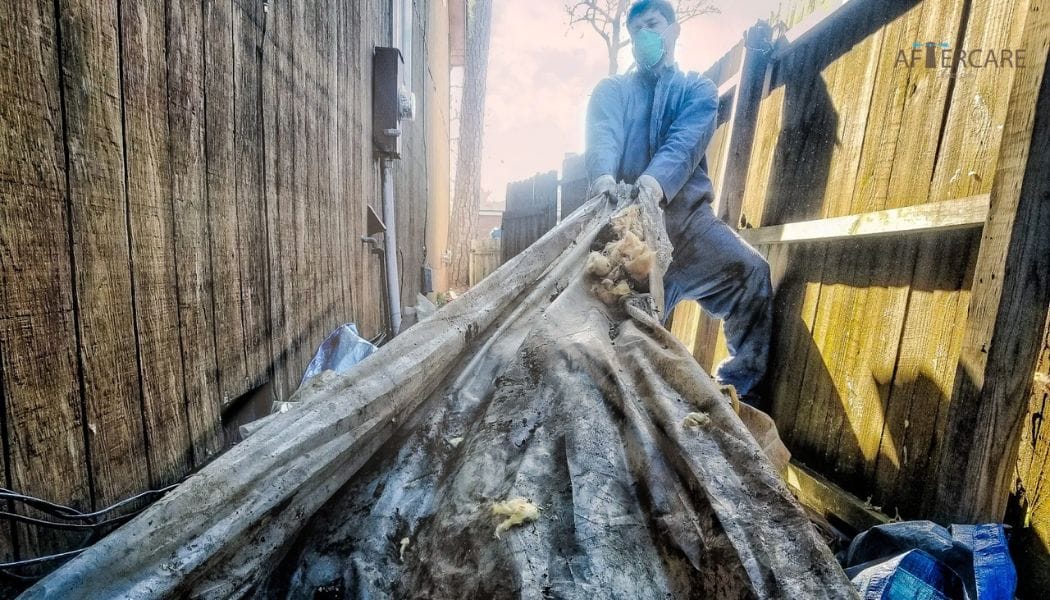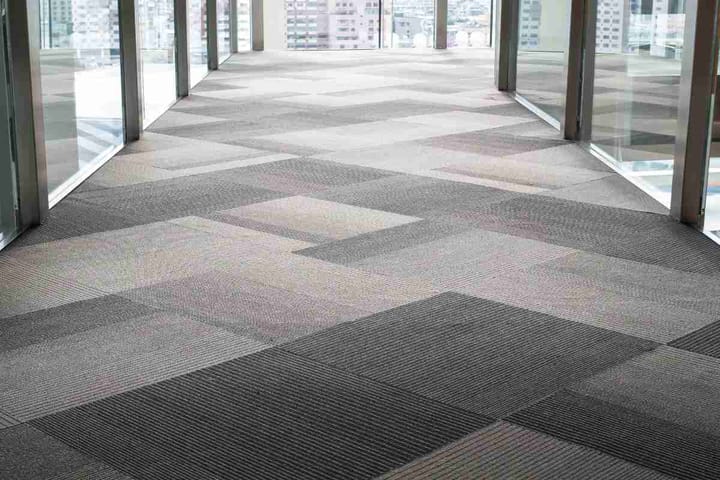Preventing Wildlife Infestation: How to Maintain a Clean Crawl Space
Maintain your home's crawl space to prevent wildlife and ensure structural integrity. Regular checks and upkeep are key to avoiding costly damages.

The crawl space beneath your home is often an overlooked area. Nonetheless, it’s an essential part of the house that plays a pivotal role in your home's structural integrity. It is also a primary gateway for wildlife infestation if not well maintained. Hence, maintaining a clean crawl space to prevent wildlife infestation becomes a necessity. Regular inspections and maintenance routines can help identify and address potential issues early, ensuring that your crawl space remains clean and free from wildlife intrusion, thus protecting your home and its inhabitants from potential hazards and costly damages.

Understanding the Importance of Crawl Spaces
Crawl spaces serve as a crucial buffer zone, isolating your home from ground moisture and hosting essential components like electrical wiring, plumbing lines, and HVAC ductwork. Their primary role is to facilitate air circulation, reduce heat loss, and shield your home from soil moisture infiltration, contributing to its structural integrity. Considering these vital functions, it's evident that regular maintenance of crawl spaces is indispensable for ensuring optimal home performance and longevity.
The Lure of Crawl Spaces for Wildlife
Crawl spaces' dark, damp, and isolated environment often entices wildlife seeking shelter, creating an ideal habitat for various creatures. Rodents like rats and mice, along with pests such as termites and cockroaches, frequently invade these spaces. Larger animals like raccoons, squirrels, and even cats may also establish residency, attracted by the warmth particularly during colder seasons. Consequently, ensuring proper maintenance and sealing of crawl spaces becomes crucial to prevent wildlife infestation and maintain household hygiene.
Consequences of Wildlife Infestation
Wildlife infestations present numerous challenges, including structural damage from gnawing and burrowing, as well as health hazards. Raccoons, for instance, may carry diseases like rabies, posing serious risks to humans. Additionally, rodents can harbor ticks and fleas, and their droppings may lead to respiratory issues. Therefore, ensuring the cleanliness and hygiene of your crawl space is crucial to protect your home from these potential disasters.
Preventing Wildlife Infestation
As commonly stated, it's wiser to prevent than to cure. Here are some preventive measures to keep your crawl space clean and wildlife-free:
- Regular Cleaning and Maintenance

Regular cleaning of the crawl space is essential to eliminate debris and food remnants that could lure pests. It's imperative to inspect and repair broken vents or entry points to prevent pest intrusion. Employing airtight doors or coverings serves as an effective deterrent against unwelcome visitors, maintaining a clean and secure environment.
- Humidity Control
Maintaining optimal humidity levels in your crawl space is crucial as high humidity attracts pests. Implementing measures such as dehumidifiers or moisture barriers can effectively combat dampness, thus reducing the risk of pest infestations. By controlling humidity, you create an environment less hospitable to pests, contributing to a healthier and more pest-resistant space.
- Professional Pest Control
When facing a significant infestation issue, seeking assistance from professional pest control services is recommended. These professionals possess the necessary expertise, equipment, and training to tackle the infestation systematically and efficiently. Entrusting the task to trained personnel ensures a thorough and effective resolution of the pest problem, providing peace of mind and safeguarding your space.
- Landscaping Maintenance
Keeping the area surrounding your crawl space well-maintained can also serve as a preventive measure against wildlife infestation. Trim back overgrown vegetation, such as bushes and shrubs, that may provide hiding spots or pathways for wildlife to access your crawl space. Additionally, storing firewood, mulch, and other organic materials away from the foundation of your home can help deter pests from taking up residence in your crawl space.
- Sealing Crawl Spaces
Fully sealing or encapsulating the crawl space establishes a robust barrier isolating it from the soil and external air, effectively mitigating moisture infiltration. By sealing off potential entry points, including vents and doors, and applying a durable polyethylene vapor barrier, the risk of mold proliferation is significantly diminished. Moreover, this approach creates an inhospitable environment for pests, deterring their presence and potential infestation. Implementing such measures not only enhances the structural integrity of the crawl space but also contributes to maintaining healthier indoor air quality.
Learning to maintain a clean crawl space to prevent wildlife infestation is a resourceful skill. However, it's also essential to be aware of what to do in case your crawl space gets contaminated by animals.
Final Thoughts
The essence of maintaining a clean crawl space goes beyond improving the aesthetic appeal of your home. It contributes significantly in preventing wildlife infestation, thereby safeguarding your home’s structural stability, and more importantly, the health of your family. The process requires a basic understanding of its significance, rigorous cleaning and maintenance, humidity control, and seeking professional help when required. By comprehending the issues and taking assertive steps, you can ensure your crawl space remains clean and wildlife-free, ultimately leading to a safe and healthy dwelling place.


Comments ()